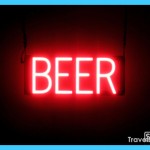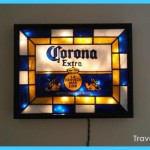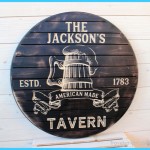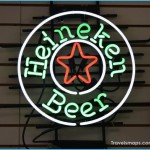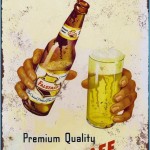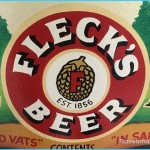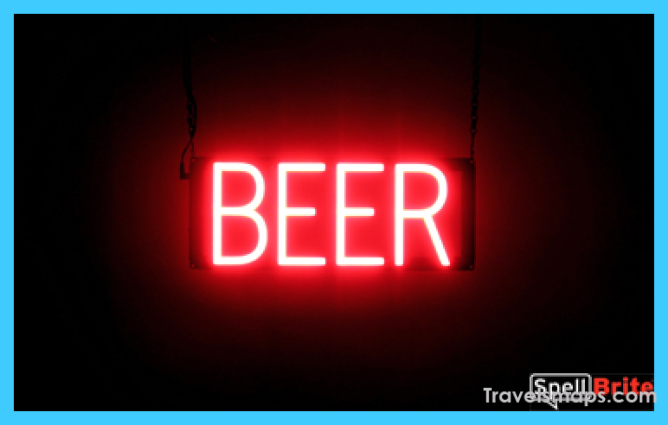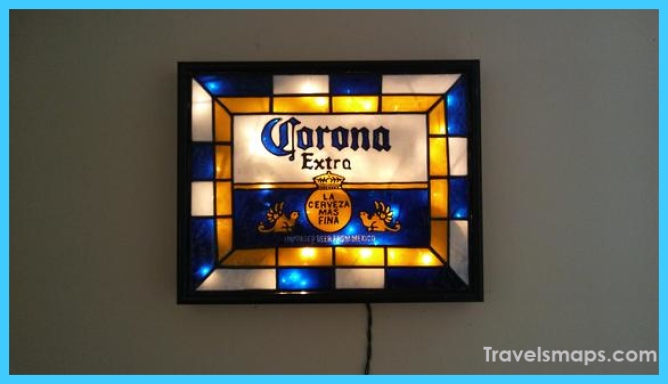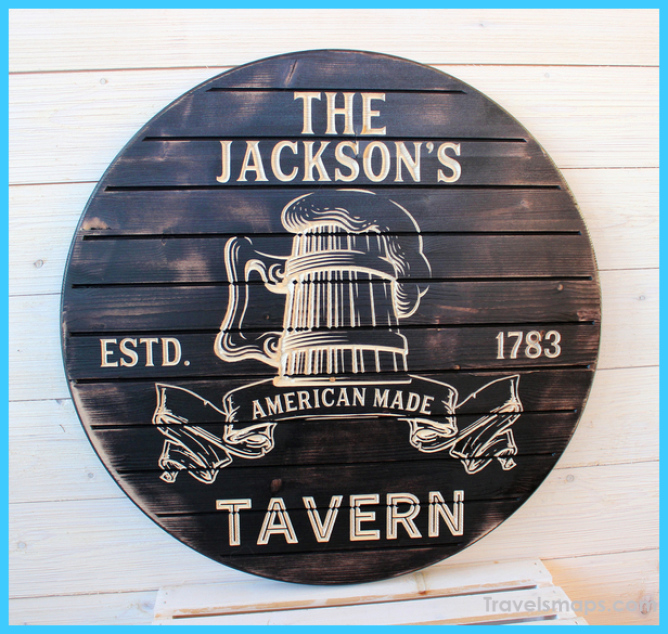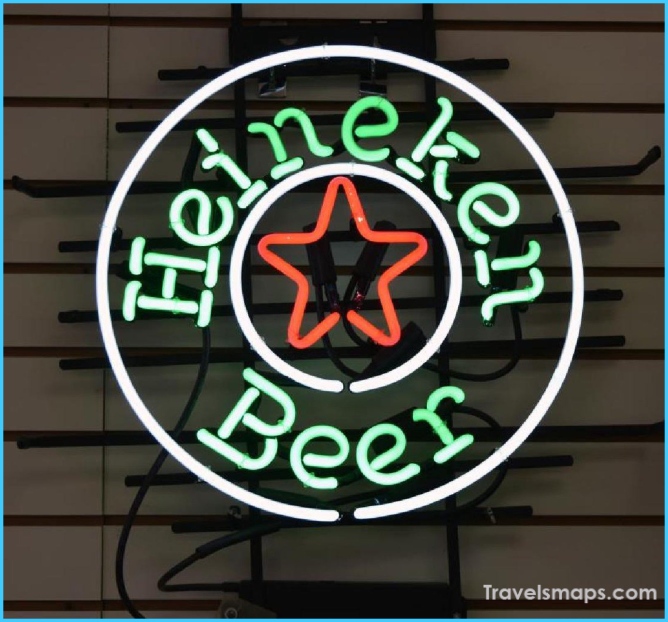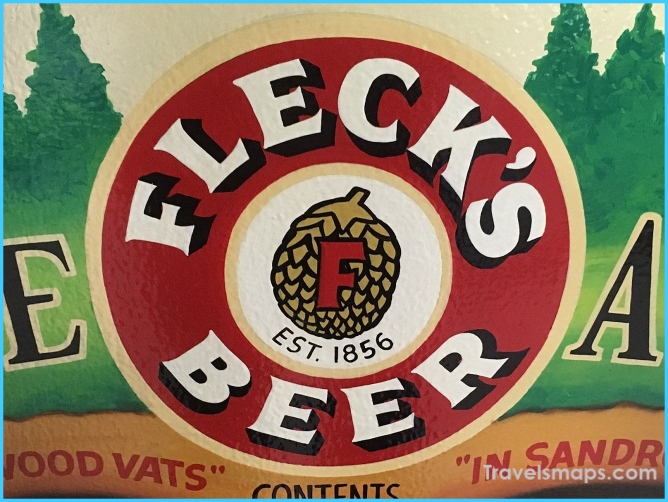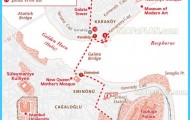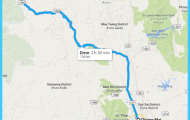The tradition of opening your house to sell beer is said to have started when people accumulated excess that they wanted to use up. In the Oberpfalz or Upper Palatinate of Germany, they’d leave a bierzeigel or “beer sign,” often a broom or brush, outside their homes to show that beer was available. In the local dialect zeigel becomes zoigl, and that’s where the name comes from. Today’s sign utilizes the traditional six-pointed brewers’ star and only authorized Zoigl brewers and Zoiglstub’n can use it, so look for “Echter Zoigl vom Kommunbrauer”—and you know you’re in the right place.
Look For The Beer Sign Photo Gallery
The sign translates as “genuine Zoigl from community brewers.”.
Munich’s Starkbierfest
A MINI-OKTOBERFEST WITH A MUCH BIGGER HANGOVER
Rarely do you see people more drunk than “Oktoberfest Drunk.” It’s the Everest peak of drunkenness, one seemingly unattainable anywhere but in the tents at the Munich festival, but then you probably haven’t seen what it’s like to be “Starkbierfest Drunk.”
Those Oktoberfest lagers are a watery 6% ABV compared to the 8% ABV Doppelbocks served at Munich’s Starkbierfest—the Strong Beer Festival, which takes place from Ash Wednesday to Good Friday and is held mostly within the city’s brauhauses. There’s a monastic link to these brews and they originated with the monks who drank them during Lent to keep them going during fasting with some extra sweetness and calories. (Anyone who is counting should know that a stein of these “liquid bread” beers might contain over 600 calories in a mug.) Paulaner’s Salvator is the famous original of these beers, so that’s a good starting point. Just beware that these strong beers really are strong and a couple of liters can knock down even the biggest drinker.
The Lowdown
WHAT: Starkbierfest
HOW: Ash Wednesday to Good Friday. WHERE: Beer halls across Munich, Germany
Maybe You Like Them Too
- The Best Places To Visit In North America For Christmas
- Faro Travel Guide: Map of Faro
- Mumbai Travel Guide For Tourists: Map Of Mumbai
- Travel to Budapest
- Thailand Travel Guide for Tourists: The Ultimate Thailand Map

